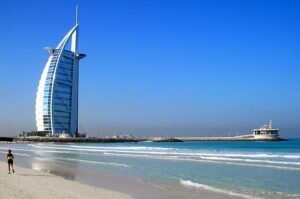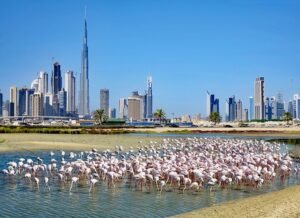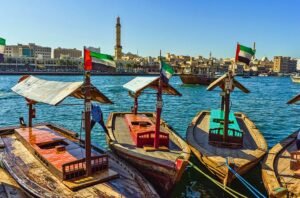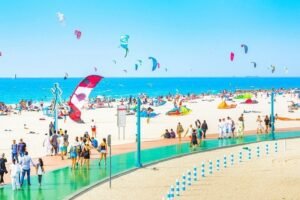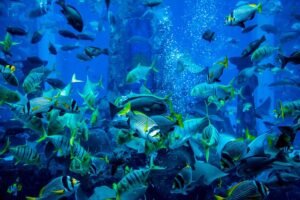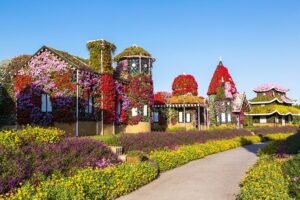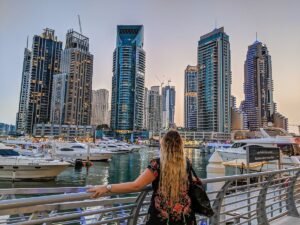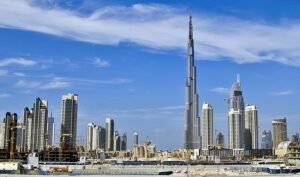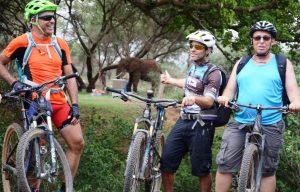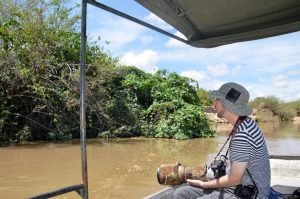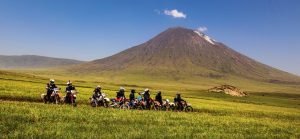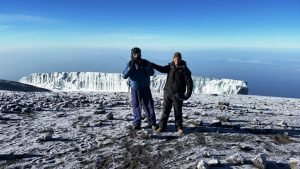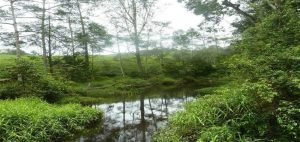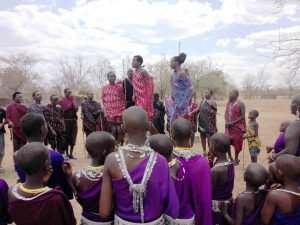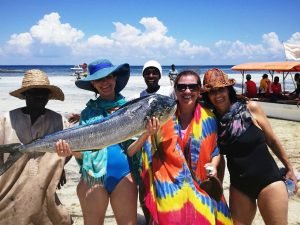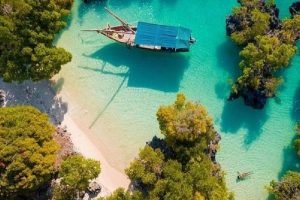Victoria Falls
Africa’s largest natural gorge, some of the world’s oldest rock paintings, one of the richest botanical hot spots on earth and Namibia’s most popular hiking trail – it’s all at; /Ai- /Ais Hot Springs.
Proclaimed in 1968, the rugged and relat ively unexplored Huns Mountains were added i n 1988, vastly extending the boundary of the park. The park borders directly on the Richtersveld National Park in South Af r i c a . A treaty was signed in
August 2003 between Namibia and South Africa, creating the /Ai-/Ais-Richtersveld Transfrontier Park (ARTFP). /Ai-/Ais means burning water in the local Nama language and refers to the sulphurous hotwater springs found in the park along the Fish River. The park is dominated by the Fish River Canyon – the second largest in the world – that took over 600 million years to evolve. It also contains some hidden treasures such as the little-known Apollo 11 Cave, containing animal images more than 25 000 years old.
Park size 4 611 km² Proclamation /Ai-/Ais Hot Springs in 1968 Natural features Mountainous terrain in the west all the way to the Orange River, which forms the southern boundary between Namibia and South Africa, and /Ai-/Ais and Richtersveld national parks. The Fish River Canyon dominates in the eastern section of the park.
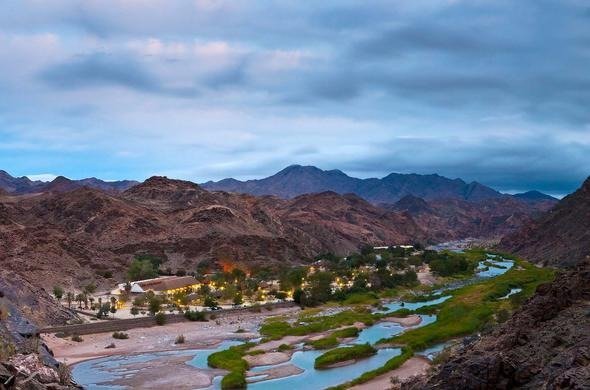
Vegetation Succulent Karoo and Nama Karoo
Biome. Vegetation
Type: Desert/Dwarf Shrub Transition, Succulent Steppe, Dwarf Shrub Savannah, Karas Dwarf Shrubland, Riverine Woodland. Quiver tree (Aloe dichotoma) maiden’s quiver tree (Aloe ramosissima), giant quiver tree (Aloe pillansii) and halfmens (Pachypodium namaquanum).
Wildlife Hartmann’s mountain zebra, klipspringer, kudu, leopard, brown hyena, grey rhebok (rare). The 202 bird species recorded in the park include Little Bittern, Black Stork, Black Harrier, Malachite Sunbird and African Pied Wagtail. Tourism Hiking. Birding. Spa retreats.


